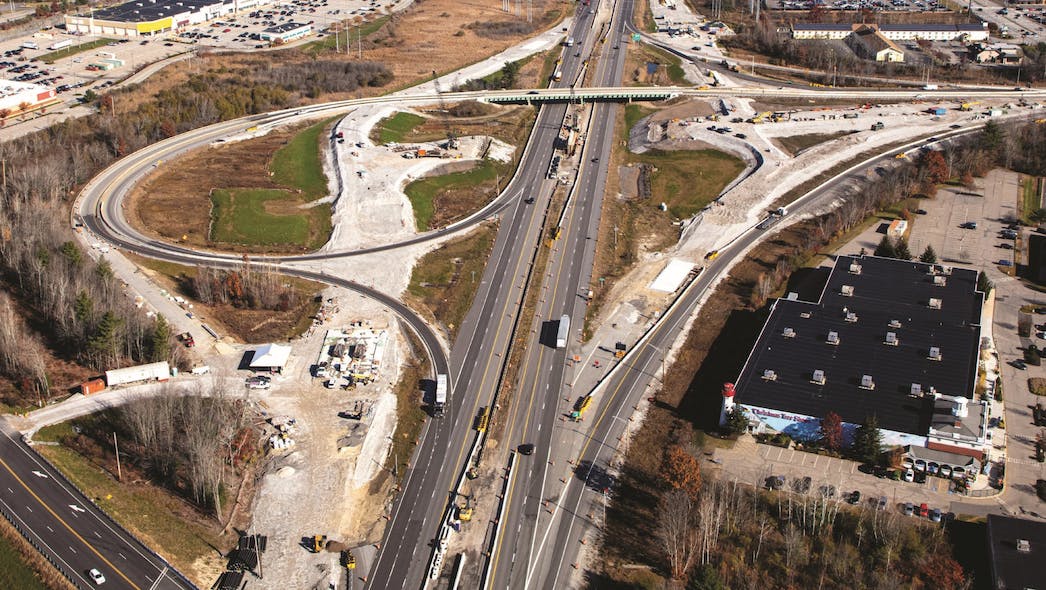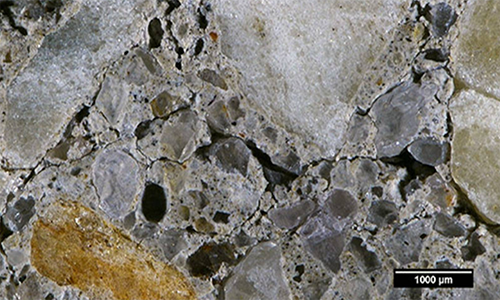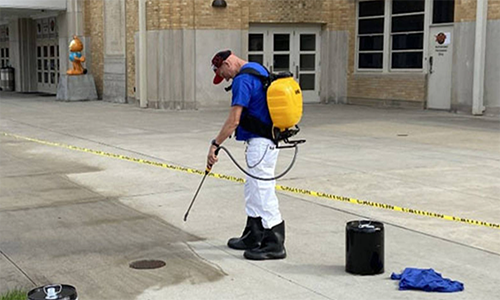With its startlingly beautiful coastlines and renowned lobster, Maine continues to be a popular destination, and the state’s turnpike (or Interstate 95) is the mainline for millions of travelers each year.
Maine’s busiest highway serves as the primary economic artery for the southern half of the state. More than six decades after its opening in 1955, traffic volumes within the greater Portland area have increased 25-fold, leading to increased congestion and crash rates.
Recognizing these challenges, the “Portland Area Widening and Safety Improvement Program” was incorporated into the turnpike’s capital improvement plan with the aim of improving a six-mile stretch of congested highway.
Led by Maine Turnpike Authority (MTA) and HNTB, the $200 million project comprised of nearly a dozen separate contracts. The projects team overcame several challenges through meticulous planning and coordination. The size, scope, and result have earned it first place on our list of Top 10 Roads of 2023.
Dale Mitchell, HNTB senior project manager, said he was proud that the project will have a legacy.
“As a civil engineer, it is very rewarding to see your designs being built and more importantly to see how it improves the infrastructure and the lives of people using it,” Mitchell said. “I’m especially humbled to drive this wider, safer, and less congested highway with the millions of other motorists that use it annually, and as importantly to have this project be recognized as one of Roads & Bridges Top 10 Roads of 2023.
“This is a huge recognition for the Maine Turnpike, HNTB and the rest of our team, one that I’m very proud to have been a part of.”
Early in the planning process, HNTB recognized the subsurface marine clay at Interchange 45 was going to require a comprehensive geotechnical study given the low shear strength and high compressibility of the Presumpscot formation. This a Pleistocene glacial deposit of predominantly submarine clays, and it is one of the most challenging soil types in New England because it does not serve as a solid foundation for highway and bridge embankments.
The team found a composite geotechnical solution that included an embankment preload coupled with zones of lightweight fill called geofoam. To avoid schedule conflicts with adjacent contracts, the preloading program was designed in a multi-layered, multi-zoned fashion readying certain areas for follow-up contracts earlier than other areas.
Despite the challenges the project team faced, their extensive coordination efforts enhanced the Portland area with the following structures:
16 bridges
5 interchanges
2 toll plazas
4 stream/large culvert structures
2 new emergency vehicle ramps
6 centerline miles of widening, drainage, and median safety improvements
At the height of this six-year program, there were six active construction projects happening concurrently, all with interdependent work scopes and outcomes. However, the interrelationship of these contracts meant that, if one fell behind, the entire program would be impacted.
The team emphasized coordination. During the preliminary design phase, the team created a time-bound contracting and sequencing plan that outlined milestones and limitations of operations to ensure projects could happen concurrently.
During each major construction phase, the MTA developed a comprehensive set of temporary traffic control plans addressing every interchange ramp, and every merge point between construction contracts. These plans provided the contractors with clear traffic control plans that would accommodate the traveling public with minimal disruption.
These efforts were critical for allowing traffic to flow smoothly through the various work zones and, as importantly, allowed the contractors work safely behind temporary concrete barriers.
Since the project’s completion, drivers enjoy a more efficient, less congested, and safer travel experience as they navigate the growing Portland area.
Project Name: Portland Area Widening and Safety Improvements Program
Project Location: Portland, Maine
Owners: Maine Turnpike Authority
Designer: HNTB Corporation
Contractors: CPM Constructors
Cianbro Corporation
Reed & Reed
Sargent Corporation
Shaw Brothers Construction
Wyman & Simpson
Cost: $200 Million
Length: 6.3 Miles
Completion Date: November 2023












